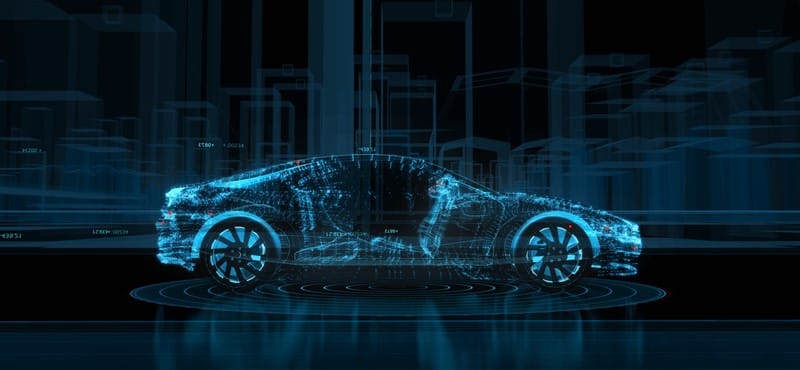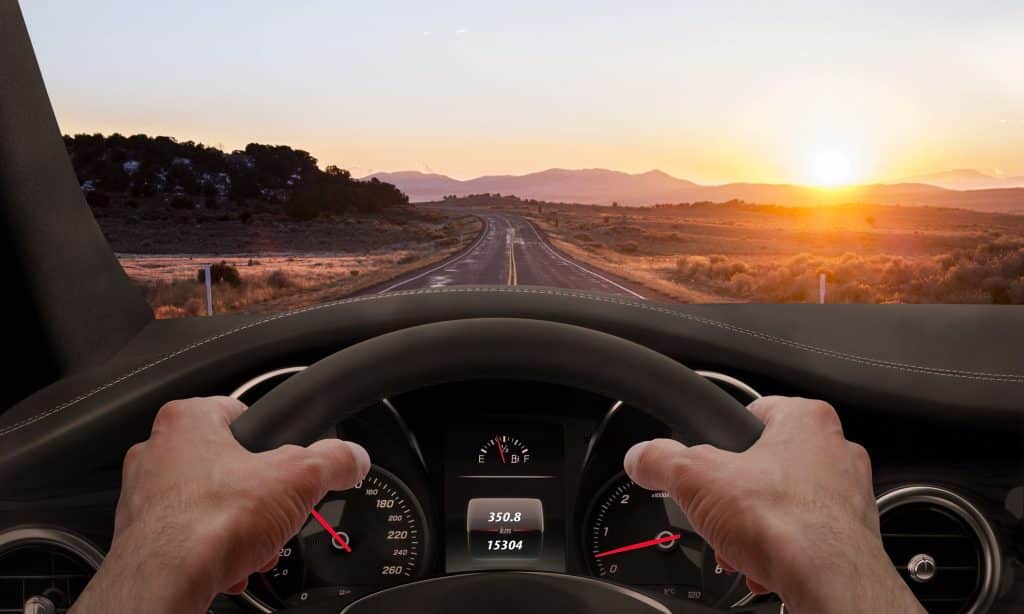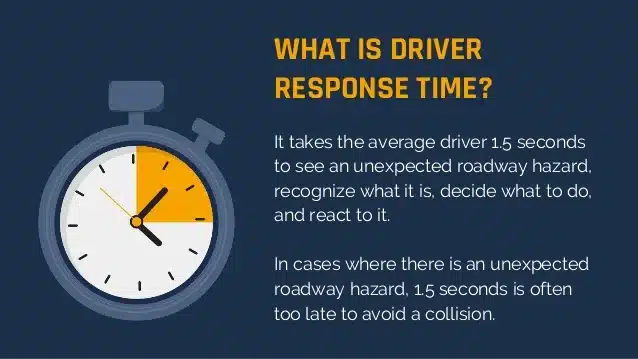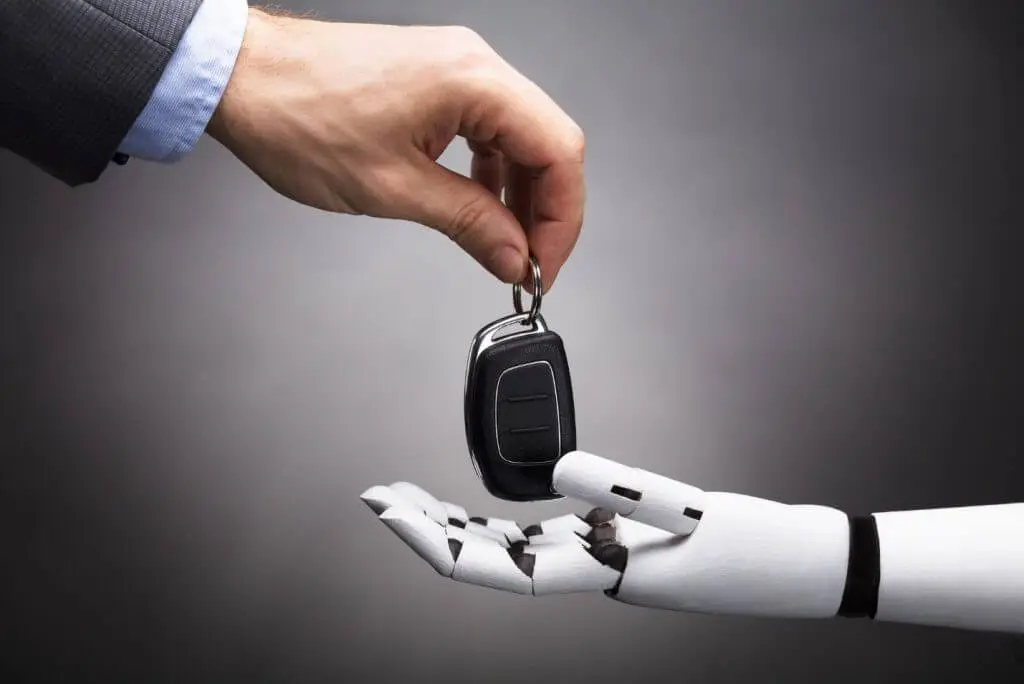In the rapidly evolving landscape of automotive technology, one question seems to bring itself to the forefront: are self-driving cars really safer than human drivers? This debate stretches beyond technical capability to touch on ethical, legal, and social implications. As autonomous vehicles inch closer to becoming mainstream, their safety record compared to human-operated vehicles is scrutinized under a microscope. This article delves into various dimensions of this comparison, examining technology, human factors, accident rates, and reaction times to offer a nuanced perspective on the safety of self-driving cars.
Contents
- 1 The Technology Behind Self-Driving Cars
- 2 Human Factors in Driving Safety
- 3 Analyzing Accident Rates and Safety Records
- 4 Reaction Times: Autonomous vs. Human
- 5 Adherence to Traffic Laws
- 6 Impact of External Factors
- 7 Ethical Considerations and Decision-Making
- 8 Public Perception and Trust
- 9 Accelerate Your Knowledge on Autonomous Safety
The Technology Behind Self-Driving Cars

Self-driving cars employ an array of sophisticated technologies, including sensors, cameras, and artificial intelligence (AI), to navigate roads, interpret traffic signals, and avoid obstacles. These systems work in unison to create a 360-degree awareness of the vehicle’s surroundings, far surpassing the limited perspective of a human driver. The continuous improvement of these technologies through machine learning allows autonomous vehicles to adapt and respond to a variety of driving conditions, enhancing their safety capabilities over time.
The development and refinement of autonomous driving technology aim to eliminate human error, which is a leading cause of road accidents. By relying on algorithms and real-time data, self-driving cars maintain consistent attention to the road and make decisions based on predefined safety protocols. This level of precision and reliability presents a strong case for the potential of autonomous vehicles to reduce accidents and save lives, provided the technology continues to advance and mature.
Human Factors in Driving Safety

Human drivers bring to the road a complex mix of skills, emotions, and vulnerabilities. While experienced drivers can make nuanced judgments in complex situations, human factors like distraction, fatigue, and impairment by substances significantly contribute to road accidents. The variability in human reaction times, decision-making under pressure, and susceptibility to external distractions pose substantial safety risks.
Contrastingly, self-driving cars are designed to operate without succumbing to the limitations that affect human drivers. They do not experience fatigue, get distracted, or drive under the influence, which theoretically makes them more reliable and safer on the roads. However, the transition to a roadway populated by autonomous vehicles requires addressing the challenges posed by these very human factors, especially in mixed-traffic environments where human behaviors and autonomous systems intersect.
Analyzing Accident Rates and Safety Records

When evaluating the safety of self-driving cars, accident rates and safety records offer valuable insights. Preliminary data suggests that autonomous vehicles have the potential to significantly reduce accidents, primarily those attributed to human error. However, the relatively low number of self-driving cars on the road compared to human-operated vehicles means that comprehensive, long-term data is still being gathered.
Accidents involving self-driving cars have occurred, sparking debates on their safety. It’s essential to consider the context of these incidents, including the role of human drivers in other vehicles and challenging road conditions. These incidents provide critical learning opportunities for developers to refine autonomous driving systems, with the goal of minimizing future occurrences and enhancing the overall safety of self-driving technology.
Reaction Times: Autonomous vs. Human

One of the most significant advantages of self-driving cars over human drivers is their reaction time to unexpected road conditions. Autonomous vehicles, equipped with advanced sensors and AI, can detect and respond to hazards faster than humans can process the same information. This swift reaction capability is critical in preventing accidents, especially in high-speed or complex driving scenarios.
Moreover, the consistency in how autonomous vehicles react to emergencies contributes to safer roads. Unlike humans, who may panic or freeze in a crisis, self-driving cars follow programmed procedures to mitigate collisions. This predictability can be particularly beneficial in dense traffic conditions, where autonomous vehicles’ rapid and accurate response to sudden changes can prevent chain-reaction accidents.
Adherence to Traffic Laws

Self-driving cars are programmed to adhere strictly to traffic laws, which theoretically reduces the likelihood of accidents caused by traffic violations. By design, these vehicles do not speed, run red lights, or engage in risky maneuvers that human drivers might, due to impatience or oversight. This strict adherence to the rules of the road can lead to a more predictable and safe driving environment, potentially lowering the number of accidents caused by human error.
However, the inflexibility of autonomous vehicles in adhering to traffic laws can also pose challenges in real-world driving scenarios where human drivers might expect a degree of negotiation or adaptation to the flow of traffic. For instance, human drivers often make eye contact and use gestures to communicate intentions, a subtlety that self-driving cars currently lack. This rigid adherence to laws, while enhancing safety on paper, underscores the need for sophisticated algorithms that can navigate the nuanced social dynamics of road use.
Impact of External Factors

External factors such as weather conditions and heavy traffic have a significant impact on driving safety, affecting both human drivers and autonomous vehicles. While human drivers can struggle with visibility and vehicle control in adverse weather, self-driving cars face challenges in accurately interpreting sensor data compromised by rain, fog, or snow. Despite these challenges, continuous improvements in sensor technology and machine learning algorithms are aimed at enhancing the capability of autonomous vehicles to navigate diverse environmental conditions safely.
In terms of traffic congestion, autonomous vehicles have the potential to optimize traffic flow through coordinated speed adjustments and reduced spacing between vehicles. This could lead to more efficient traffic management and reduced likelihood of accidents caused by human frustration or aggressive driving in heavy traffic situations. However, the integration of self-driving cars into existing traffic systems requires careful management to ensure that the benefits of this technology are fully realized without compromising safety.
Ethical Considerations and Decision-Making

The ethical considerations surrounding autonomous vehicles focus on their decision-making processes in critical situations. Programming vehicles to make choices in scenarios where harm is unavoidable raises complex ethical questions about the value of lives and the principles that should guide these decisions. Developers and ethicists are tasked with creating algorithms that navigate these moral dilemmas, striving for outcomes that minimize harm and align with societal values.
Comparatively, human drivers make split-second decisions based on instinct, emotion, and limited information, leading to unpredictable and sometimes morally questionable outcomes. The effort to encode ethical decision-making into machines highlights the desire for consistency and rationality in handling unavoidable accidents. Nonetheless, the debate continues on the best approach to equip autonomous vehicles with the ethical frameworks necessary for making such critical decisions, illustrating the profound complexities at the intersection of technology and morality.
Public Perception and Trust

Public perception and trust in self-driving cars play a critical role in their acceptance and widespread adoption. High-profile accidents involving autonomous vehicles have contributed to skepticism and fear among the public, overshadowing the potential safety benefits of the technology. Building trust requires demonstrating the reliability and safety of self-driving cars through transparent testing and reporting and educating the public on how the technology works and its advantages.
Moreover, the successful integration of autonomous vehicles into daily life depends on overcoming the psychological barriers associated with relinquishing control to a machine. As experiences with self-driving cars become more common and their safety records become more established, public attitudes are likely to evolve. The journey towards widespread acceptance of autonomous vehicles is contingent upon a clear demonstration of their safety benefits, coupled with efforts to address the concerns and expectations of potential users.
Accelerate Your Knowledge on Autonomous Safety
As the world navigates the road towards the future of transportation, the potential for self-driving cars to enhance road safety is clear, yet accompanied by challenges and ethical considerations. Bridging the gap between technology and public trust, rigorous testing, and transparent communication are paramount. This journey invites everyone to contribute to the dialogue, ensuring that the deployment of autonomous vehicles aligns with societal values and safety priorities.


